The 1950s were a time of optimism, change, and a focus on home life in America. After the hardships of World War II, families embraced stability and a sense of progress, reflected in the items they owned and cherished. Suburban living expanded, consumer culture flourished, and new inventions promised to make daily life easier. Yet alongside these modern comforts, many traditions and simpler objects remained part of everyday routines. From televisions to jelly molds, each household item carried both practicality and memory. Looking back, these objects offer a warm glimpse into the rhythm and character of mid-century American life.
1. Black and White Television Set
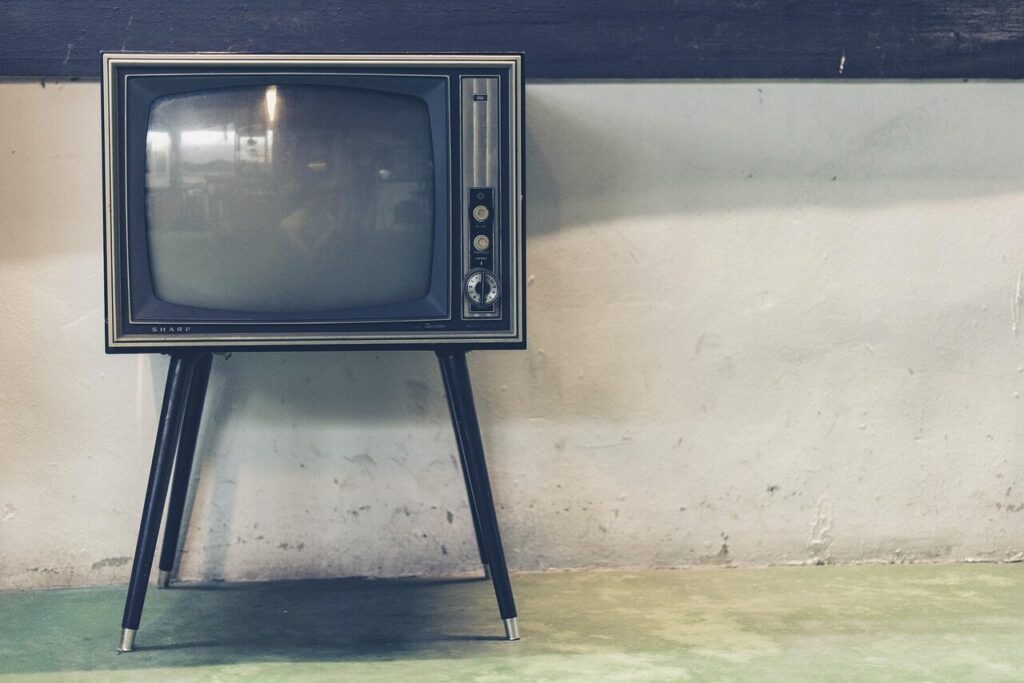
In the 1950s, televisions became the centerpiece of American living rooms, symbolizing modern entertainment. Large wooden cabinets with small black-and-white screens brought shows like I Love Lucy and The Ed Sullivan Show into family homes. Families gathered after dinner to watch together, turning television into a shared experience that replaced radio as the evening’s highlight. Adjusting rabbit-ear antennas for clearer reception was part of the ritual, and owning a television reflected both progress and connection to culture. Even in its early form, television created traditions and became an anchor for family bonding, leaving a lasting mark on everyday life.
2. Radio
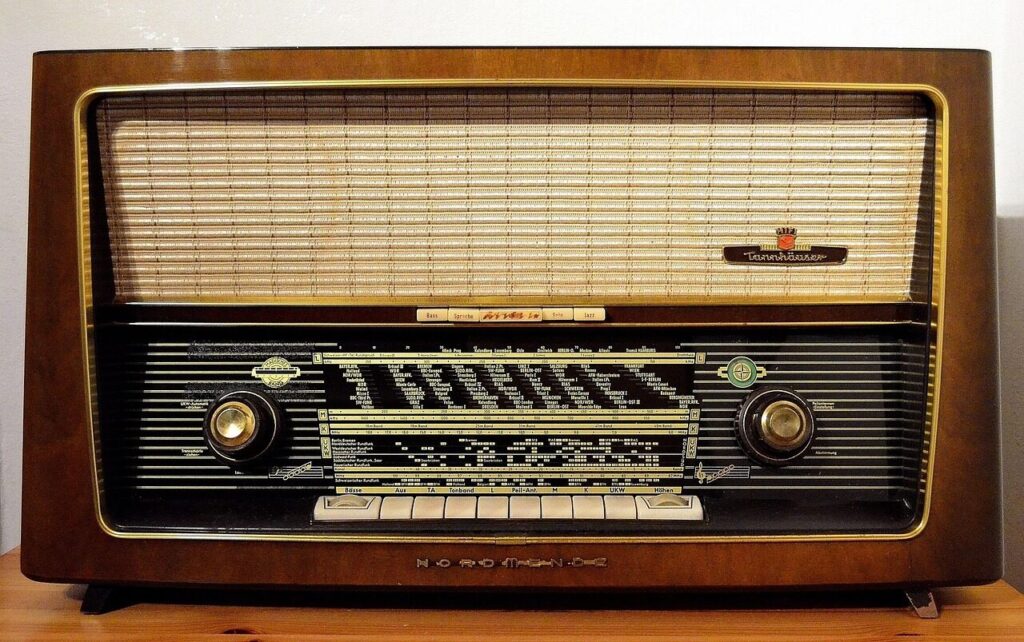
Although television was gaining popularity, radios remained essential in most households during the 1950s. They provided music, news, sports updates, and serialized dramas that entertained families throughout the day. Large console radios often doubled as furniture pieces in living rooms, while smaller tabletop versions found space in kitchens and bedrooms. The soothing voices of radio hosts, the thrill of live broadcasts, and the excitement of hearing new rock and roll hits made radios a beloved companion. Even as television grew, radios held a loyal place in homes, offering both entertainment and a sense of familiarity that people trusted and enjoyed.
3. Refrigerator
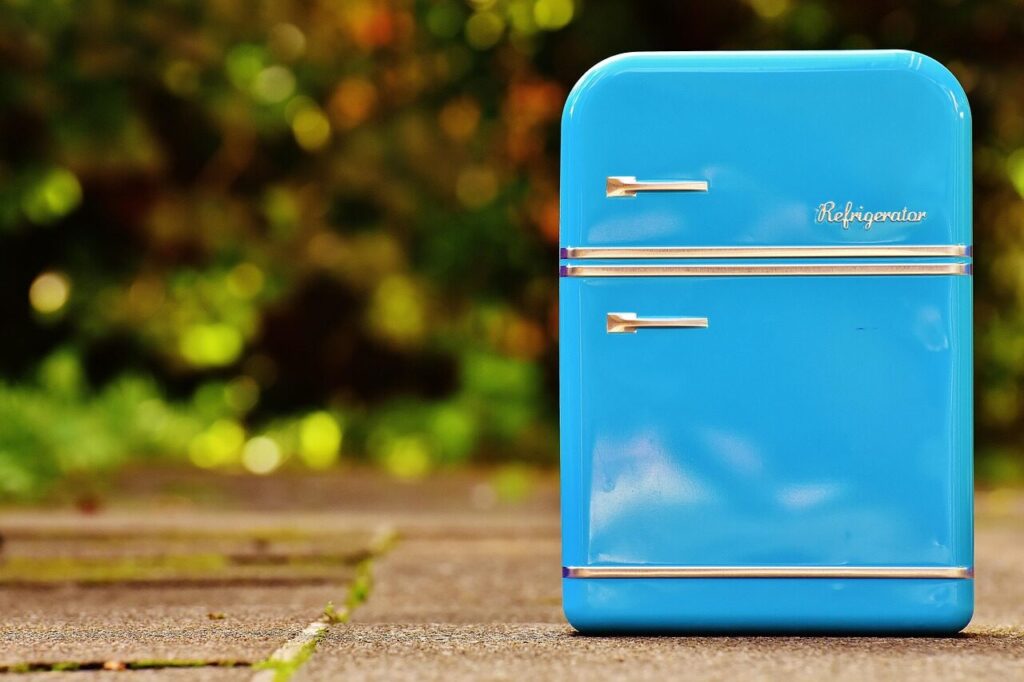
The refrigerator became a defining feature of 1950s kitchens, replacing the icebox and changing food storage forever. Most models had rounded edges, chrome handles, and a compact freezer section, offering both practicality and style. Refrigerators allowed families to keep fresh produce, dairy, and leftovers longer, while also opening the door to frozen treats like ice cream. This new convenience gave homemakers more flexibility in meal planning and reduced waste. More than just an appliance, the refrigerator symbolized postwar prosperity and modern living. By the end of the decade, owning a refrigerator was nearly universal and a proud sign of progress.
4. Ice Cube Trays
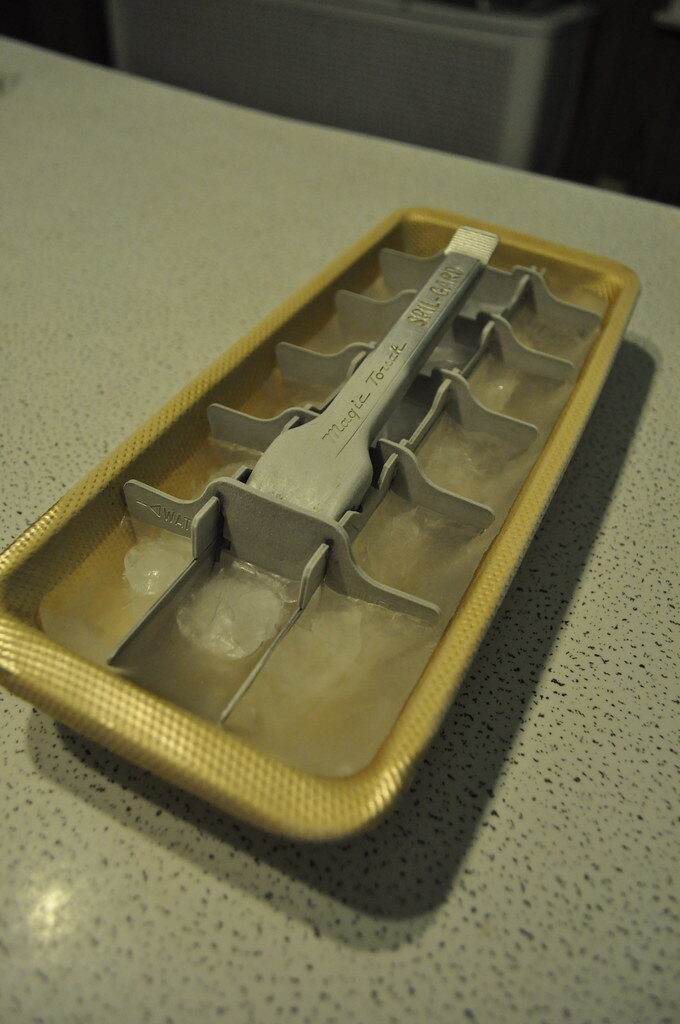
Before automatic ice makers, metal or aluminum ice cube trays were standard in 1950s freezers. Each tray had a lever to crack the cubes free, though it often required effort. Ice became a sign of hospitality, and cold drinks like lemonade, soda, or iced tea were popular at family gatherings. Guests expected chilled beverages, and the sound of clinking cubes in a glass became an everyday comfort. Though small, these trays represented modern luxury in a time when convenience mattered. Their presence in the freezer marked a shift in how families entertained and enjoyed simple pleasures in daily life.
5. Stove or Range
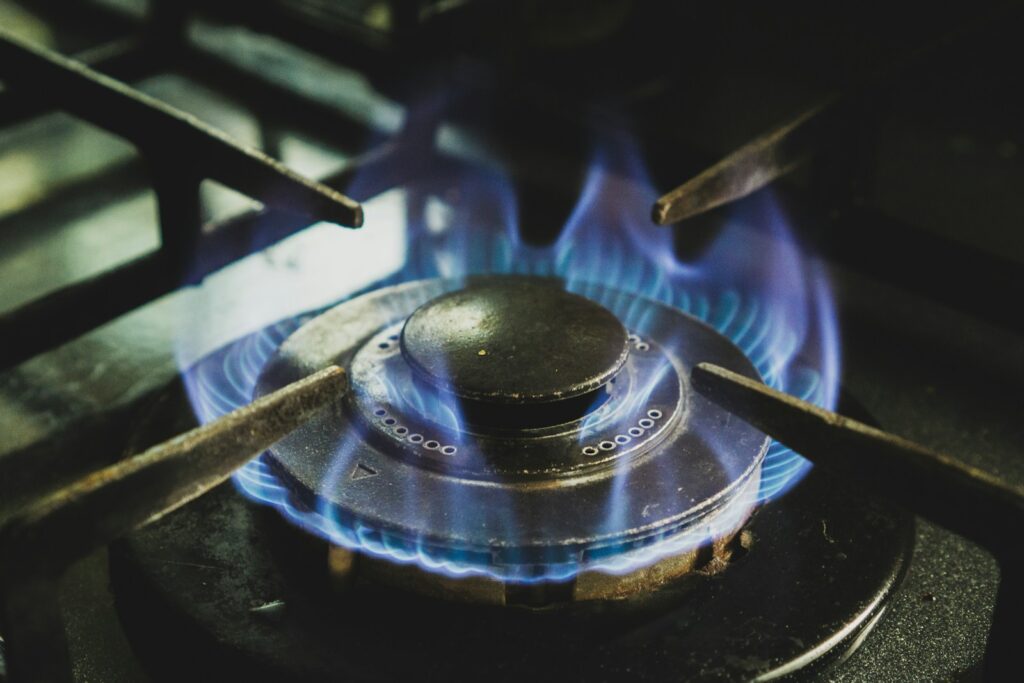
The stove or range was the heart of the 1950s kitchen, where meals were cooked daily for the entire family. Whether gas or electric, these appliances often had colorful enamel finishes or sleek chrome trims to match modern décor. They were used for everything from hearty roasts to comforting casseroles, reflecting the decade’s love for home-cooked meals. Baking pies, cakes, and breads was common, with ovens serving as a hub for warmth and tradition. The stove symbolized nourishment and family connection, as meals prepared here brought everyone to the table, turning the kitchen into the true center of the home.
6. Toaster
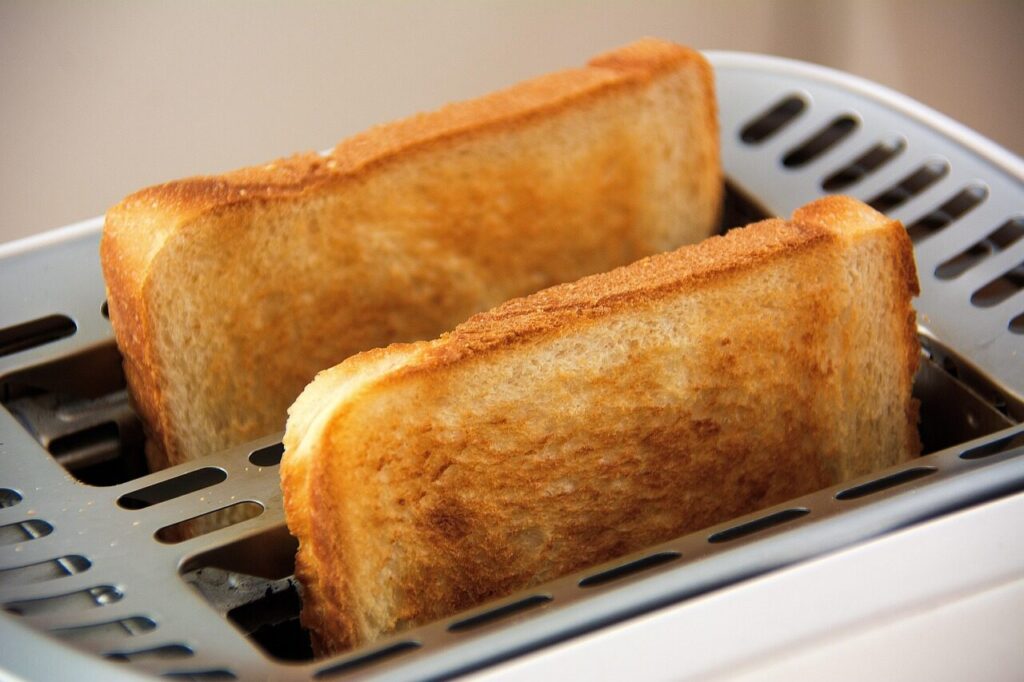
The pop-up toaster became a symbol of convenience in the 1950s kitchen. Compact, shiny, and easy to use, it allowed families to prepare breakfast quickly without fuss. Toast was often served with butter, jam, or peanut butter, making it a favorite morning staple. Many designs of the decade reflected the sleek, futuristic look of modern appliances, emphasizing both form and function. The toaster played a role in changing how mornings were managed, especially for busy families with school-aged children. It was a small but impactful appliance, one that offered comfort, speed, and the familiar warmth of toasted bread every day.
7. Electric Mixer
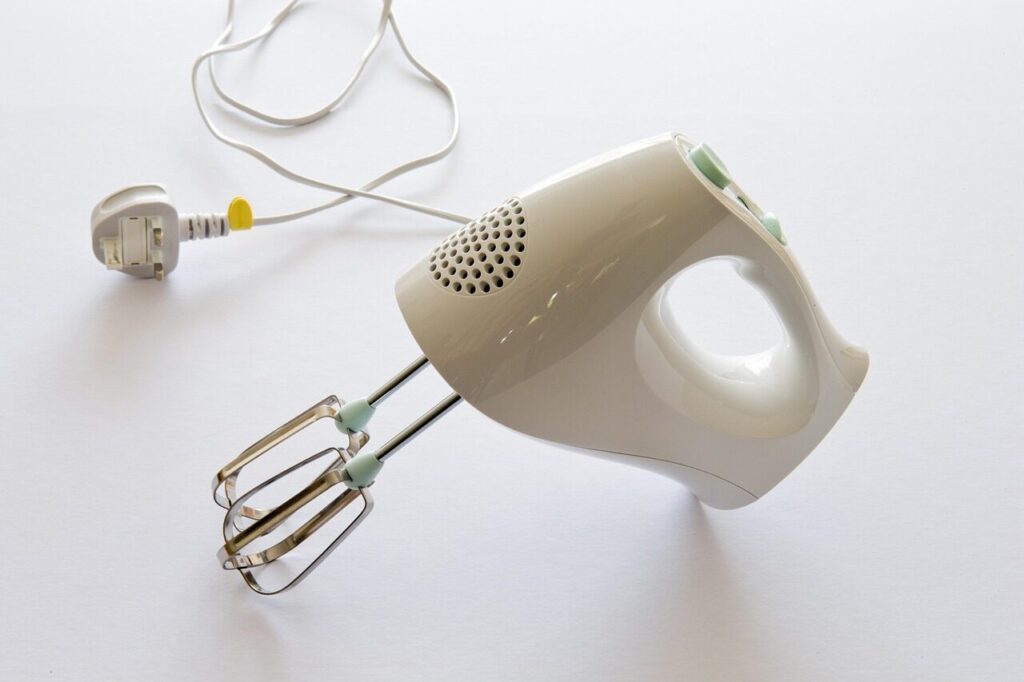
An electric mixer was considered a prized possession in many 1950s households. Whether as a countertop stand model or a handheld version, it simplified baking and cooking tasks. From whipping cream to mixing cake batter, it saved time and energy for homemakers who often baked from scratch. The mixer was also a popular wedding gift, symbolizing both modernity and domestic creativity. Families relied on it for everything from special desserts to everyday meals, making it an indispensable kitchen tool. Beyond its functionality, it embodied progress and the joy of home cooking, becoming an enduring part of the mid-century culinary tradition.
8. Pyrex Cookware
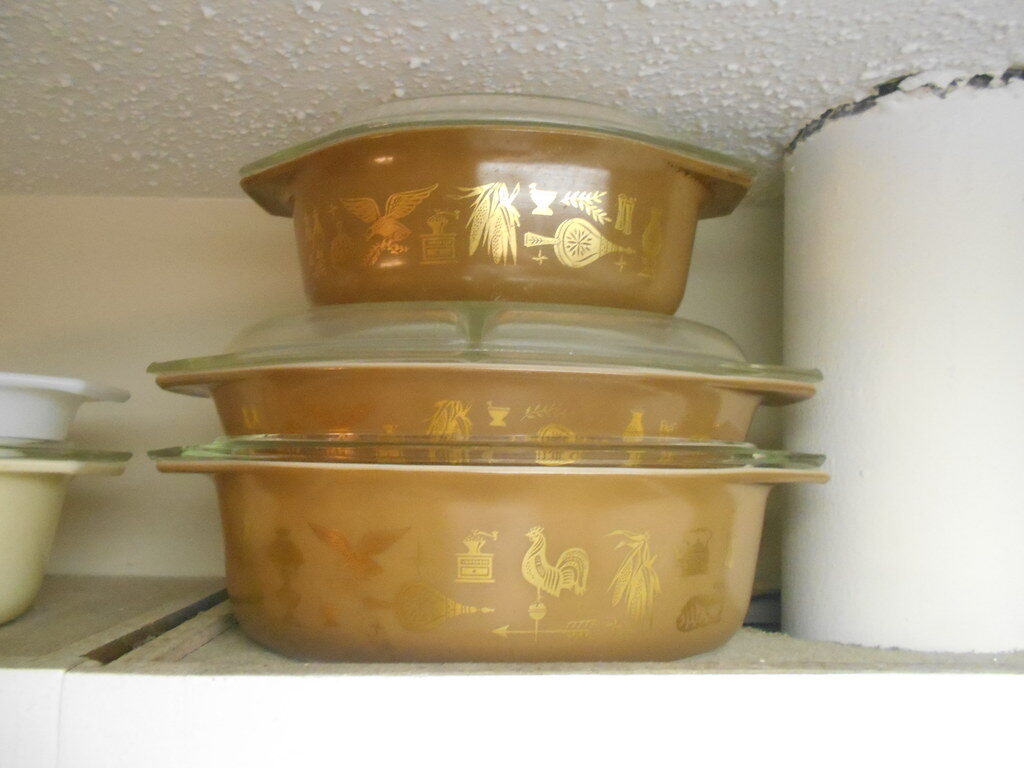
Pyrex cookware gained immense popularity in the 1950s, valued for its versatility and durability. Known for its heat-resistant glass, Pyrex could go from oven to table, making it perfect for casseroles, baked desserts, and family dinners. Many sets came in bright colors or decorative patterns, blending function with style. Pyrex dishes were also common wedding gifts, prized for their practicality and long lifespan. Families appreciated their reliability and ease of cleaning, which fit well with the growing focus on convenience in the postwar kitchen. More than cookware, Pyrex became a household staple that symbolized both tradition and modern living.
9. Vacuum Cleaner
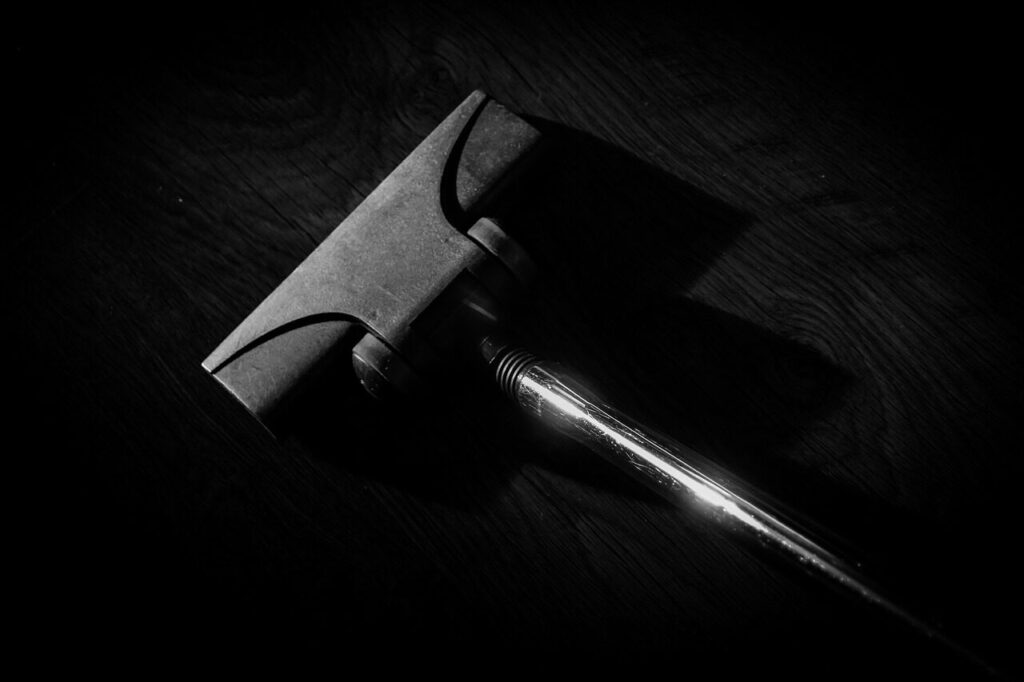
Vacuum cleaners grew increasingly common during the 1950s, revolutionizing home cleaning routines. Upright and canister models were heavily advertised, often portraying them as must-have tools for the efficient homemaker. They made carpet maintenance easier, reducing the need for traditional rug beating. While some models were heavy, the satisfaction of a freshly vacuumed floor made them worth the effort. Vacuums represented the shift toward technology-driven household management, giving families more time to focus on leisure. Their hum and suction became familiar sounds in suburban homes, turning them into not just appliances but symbols of modern domestic convenience and efficiency.
10. Carpet Sweeper or Carpet Beater
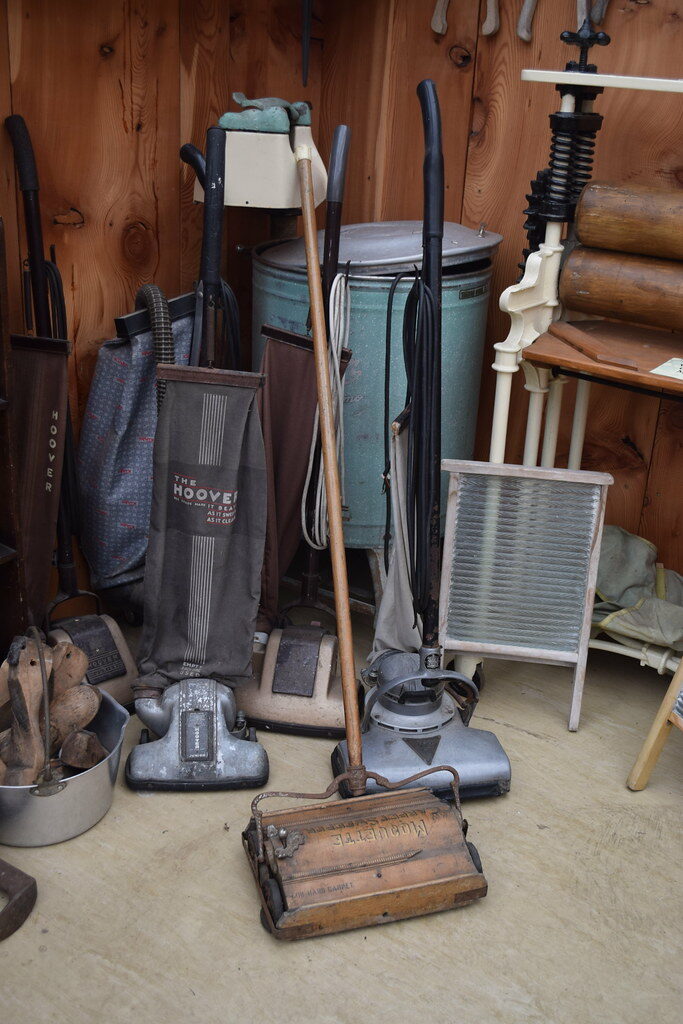
For homes that could not yet afford a vacuum cleaner, carpet sweepers and rug beaters remained essential. Carpet sweepers, which were lightweight manual devices, picked up dust and crumbs without electricity, making them practical for quick cleaning. Rug beaters, on the other hand, were used outdoors to shake out dirt from heavy rugs. Cleaning day often involved carrying rugs outside for a vigorous beating, a task that was both exhausting and routine. Though less modern, these tools were reliable and affordable, highlighting a period when tradition and innovation coexisted in household life, bridging the past and future of home care.
11. Washboard and Laundry Wringer
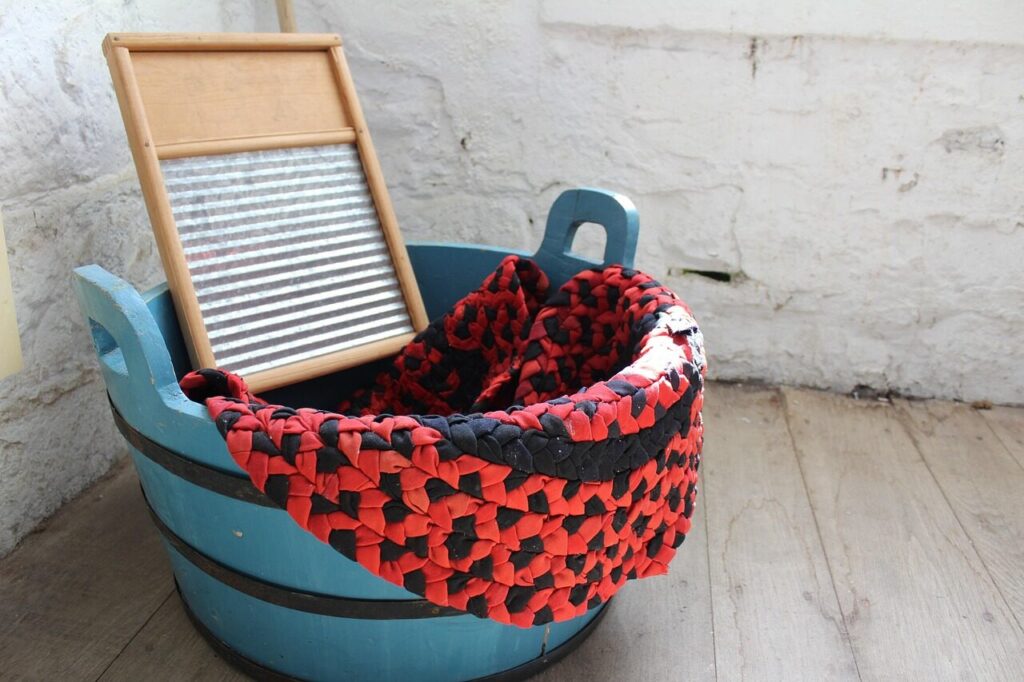
Laundry remained a physically demanding chore in the 1950s, even with the introduction of early washing machines. Many families still relied on washboards to scrub clothes by hand, especially for smaller loads or delicate fabrics. Alongside them, laundry wringers helped squeeze out water before clothes were hung to dry. The wringer, often attached to a tub or washer, required careful use but saved time compared to hand-wringing. These tools reflected the persistence of manual labor in daily chores, even during a time of rising modernization. They highlight the transitional nature of the era, where tradition met emerging convenience.
12. Clothesline or Drying Rack
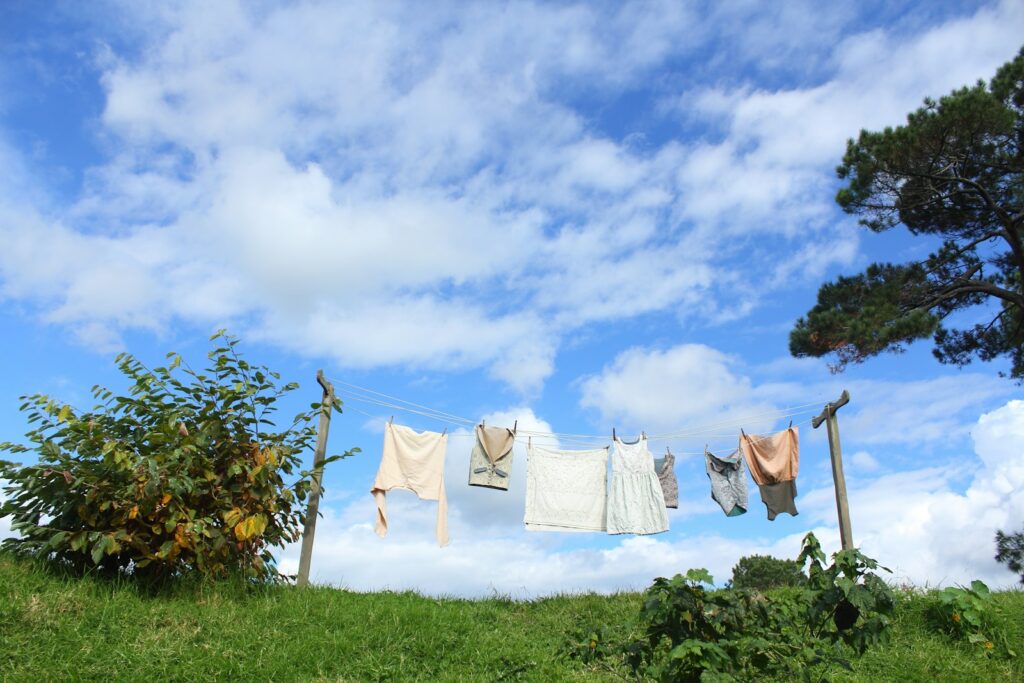
Despite advancements in appliances, clotheslines and drying racks were still staples in the 1950s. Most families hung laundry outdoors, allowing the sun and wind to dry clothes naturally. The sight of clothes fluttering in suburban backyards became a familiar scene, while the fresh scent of sun-dried sheets carried a sense of comfort. Indoor drying racks were also common for rainy days or delicate garments. Clotheslines were practical, economical, and environmentally friendly long before those ideas became trends. They also served as neighborhood symbols of family life, with laundry days forming part of the rhythm of domestic routines in mid-century America.
13. Jelly Molds
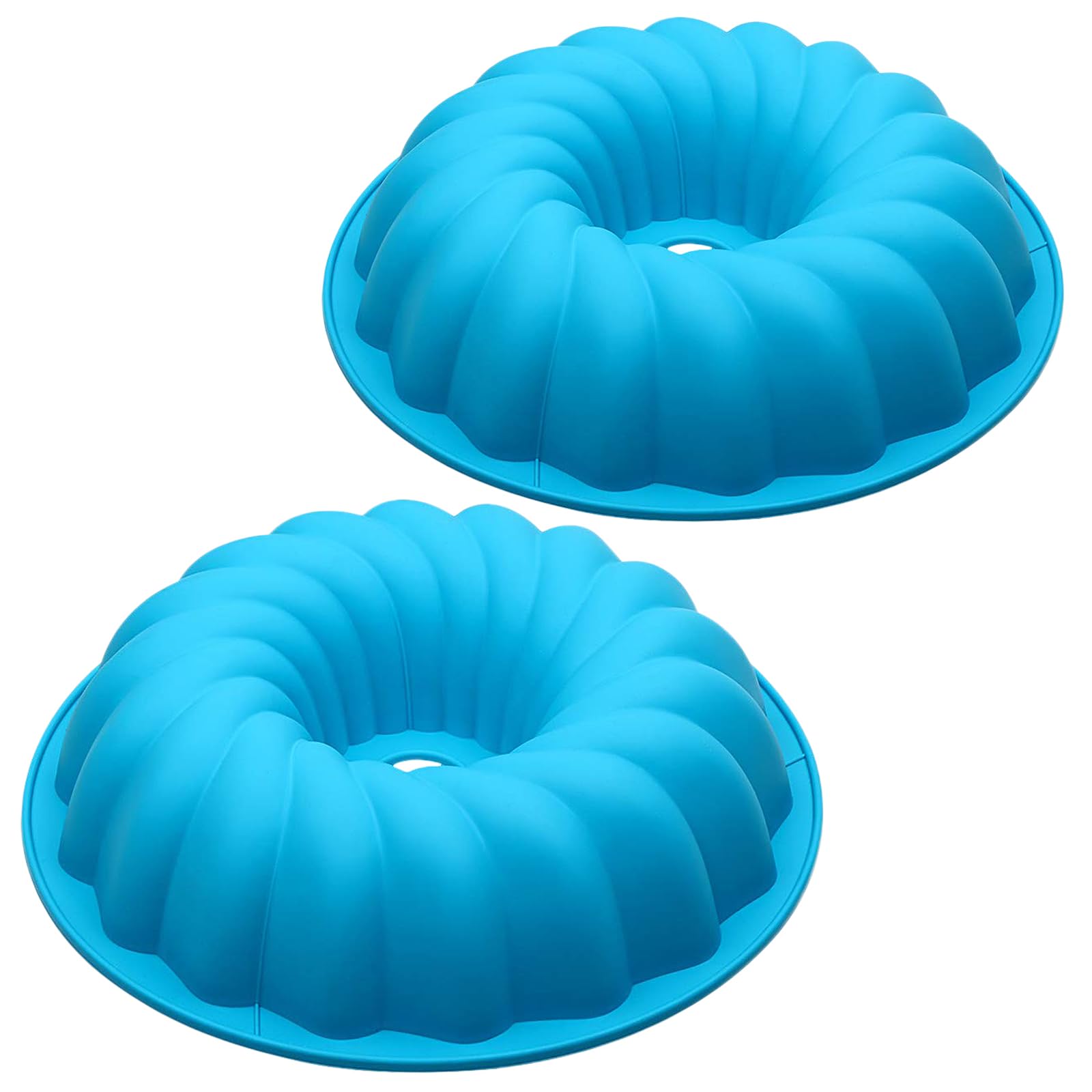
Jelly molds were a defining feature of 1950s family gatherings and dinners. These brightly colored, often elaborate gelatin desserts became a staple at potlucks, parties, and Sunday meals. Homemakers prided themselves on creative presentations, with molds shaped like rings, domes, or animals. Jello salads, sometimes layered with fruit or whipped cream, reflected both practicality and whimsy. They were affordable, easy to prepare, and visually appealing, making them ideal for entertaining. More than just food, jelly molds symbolized the playful and decorative side of 1950s dining. Their popularity revealed the era’s emphasis on presentation, hospitality, and culinary creativity in family homes.
14. Meat Grinder
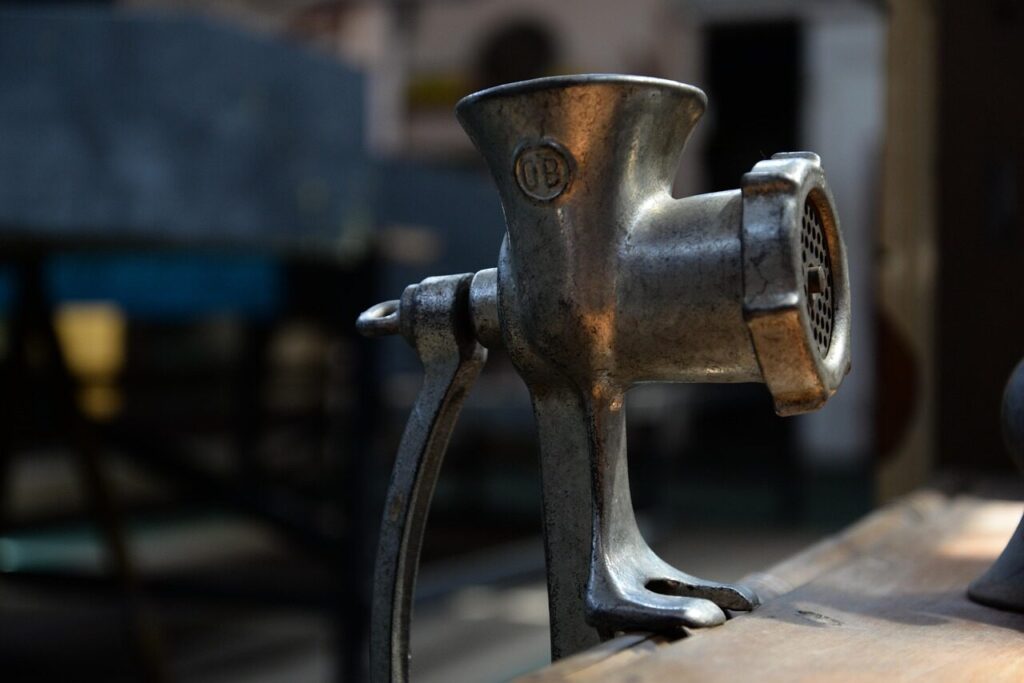
The meat grinder, often clamped onto a kitchen counter, was a common tool in many households. Families used it to grind beef, pork, or chicken for recipes like meatloaf, sausages, and meat pies. This allowed greater control over freshness and quality at a time when pre-packaged ground meats were less common. Homemakers valued the grinder for its versatility, as it could also be used for nuts or vegetables. While labor-intensive, it reflected the era’s resourcefulness and commitment to homemade meals. The grinder exemplified the do-it-yourself spirit of the decade, blending tradition with practical efficiency in the heart of the kitchen.
15. Chamber Pot
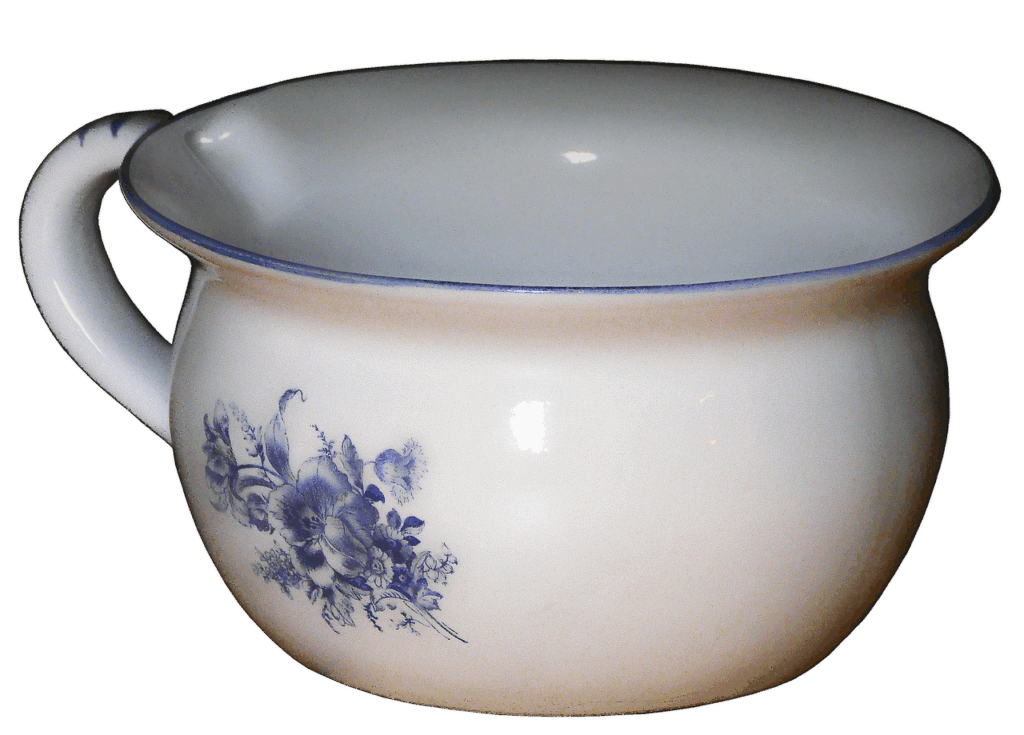
Although indoor plumbing was becoming standard, chamber pots could still be found in some 1950s households, especially in rural or older homes. These small, portable containers were often kept under beds for nighttime use. While considered old-fashioned by the modernizing middle class, they remained practical in certain situations.Chamber pots carried a sense of tradition, practicality, and necessity, reminding us that not every household advanced at the same pace. They stood as a quiet symbol of transition in home life.
16. Space Heater
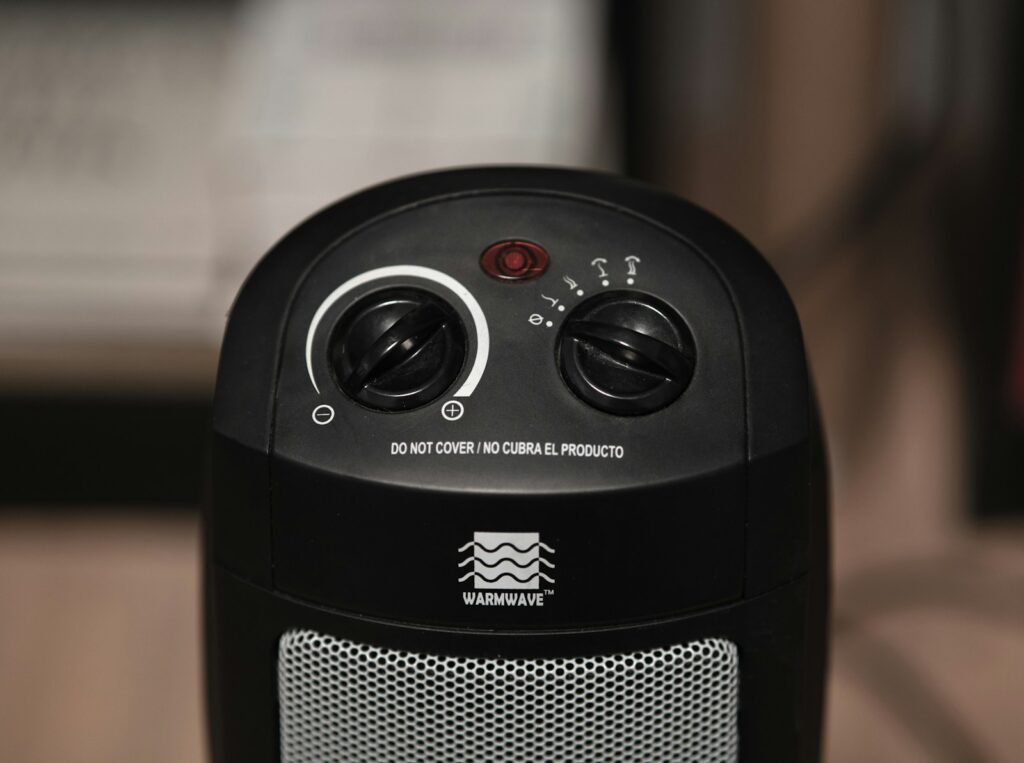
Space heaters were widely used in 1950s homes to supplement central heating or warm specific rooms. These heaters came in various styles, from electric to kerosene models, often compact and portable. Families placed them in bedrooms, living rooms, or bathrooms during colder months for extra comfort. While they provided warmth, safety concerns required careful supervision, especially with children. Despite these risks, space heaters were essential in many households, particularly in older homes or those without complete heating systems. Their presence reflects the practical adjustments families made to create cozy, livable spaces during an era of growing suburban expansion and change.
17. Feather Quilt or Eiderdown
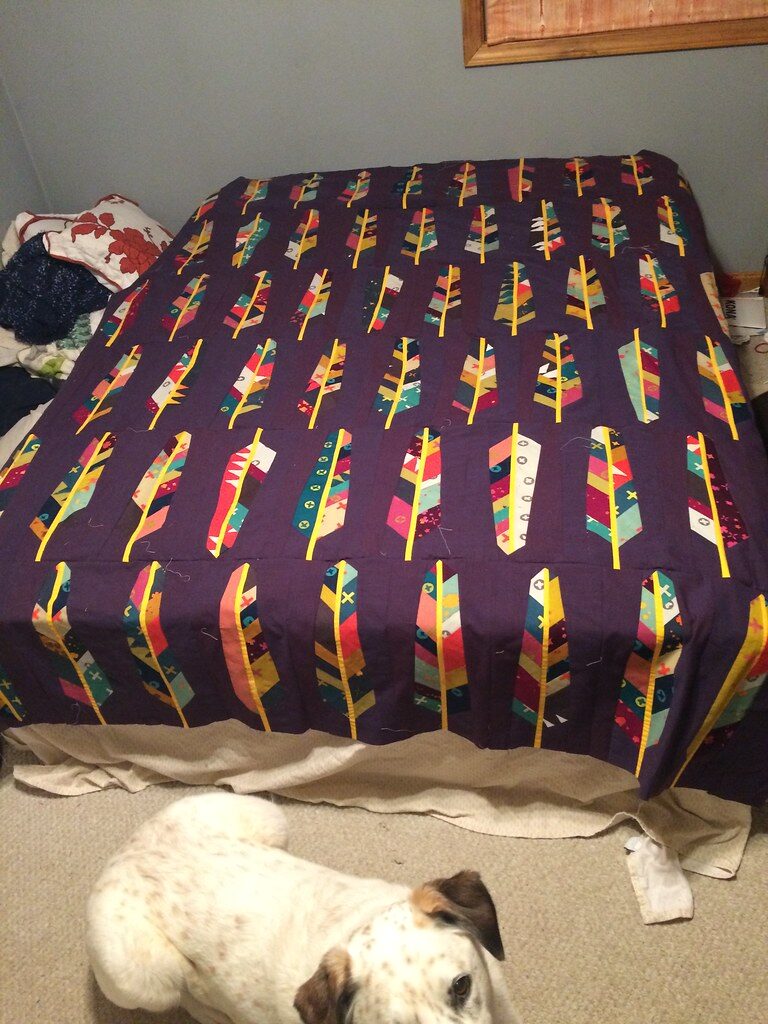
Bedding in the 1950s often included a feather quilt or eiderdown, offering warmth and comfort during cold nights. These thick, layered coverings were prized for their softness and insulation. Often topped with decorative bedspreads, they gave bedrooms a cozy yet elegant feel. Families valued them not only for practicality but also as heirloom-quality pieces passed from one generation to the next. The quilt represented domestic comfort and the importance of rest in daily life. In an era where family and home were celebrated, a well-made bed with warm covers symbolized both care and security, central to the rhythm of family living.
18. Knick-knacks and Doilies
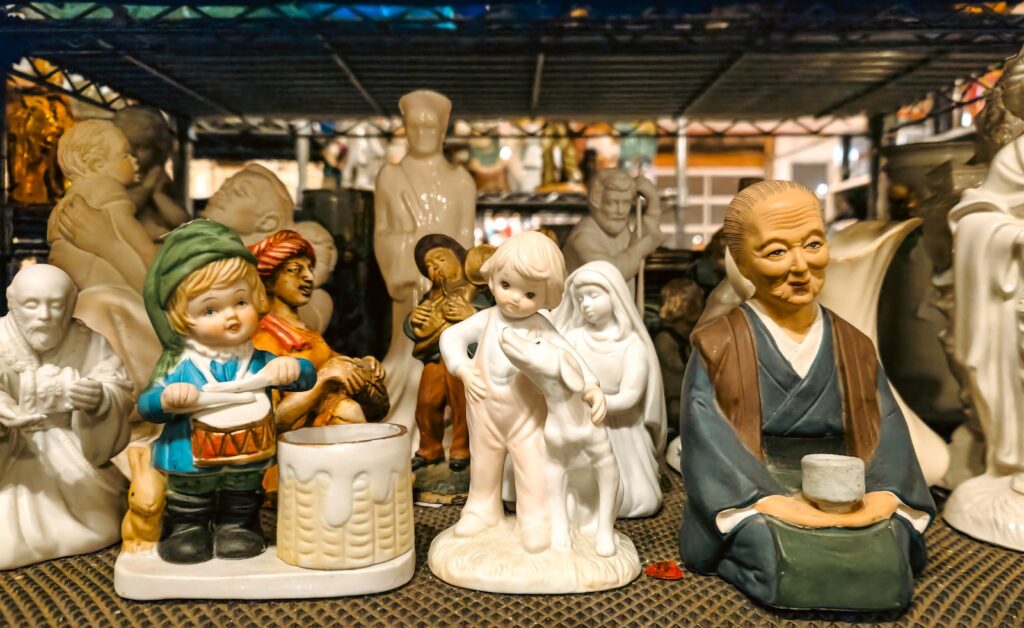
Many 1950s homes displayed knick-knacks, figurines, doilies, and decorative vases as personal touches of style. These items reflected sentimentality, with objects often gifted at weddings, inherited, or collected. Doilies, handmade or store-bought, adorned tables, armrests, and dresser tops, adding a delicate charm to interiors. Figurines of animals, children, or religious themes were commonly arranged on shelves and mantels. These small items created a sense of warmth and individuality in otherwise uniform suburban homes. More than decoration, they represented the desire to personalize spaces, highlighting the importance of beauty, memory, and character in mid-century domestic life.
19. Clock
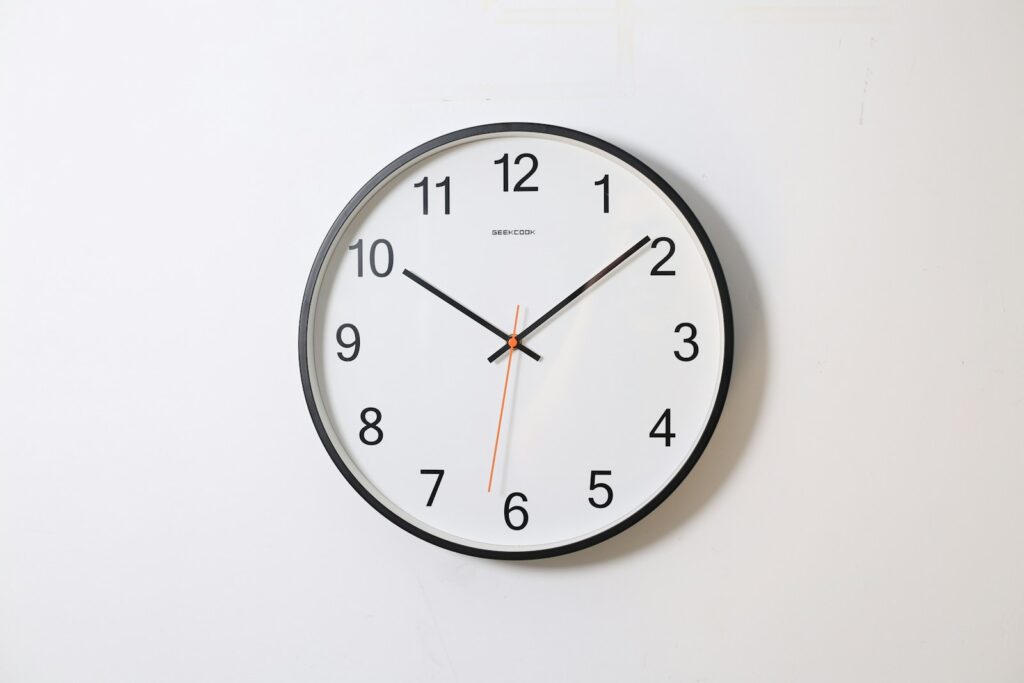
Clocks were essential in every 1950s home, ranging from mantel clocks to wall-mounted versions and wind-up alarm clocks on nightstands. They were not just practical for keeping track of busy schedules but also served as decorative pieces. Many designs reflected the sleek, modern look of the decade, with chrome finishes, bold numbers, or mid-century patterns. Families relied on them for punctuality, from school mornings to family dinners. Wind-up models required daily attention, becoming part of household routines. Beyond function, clocks were reminders of structure, rhythm, and the passage of time, anchoring daily life in the predictable cadence of mid-century living.
20. Rotary Telephone
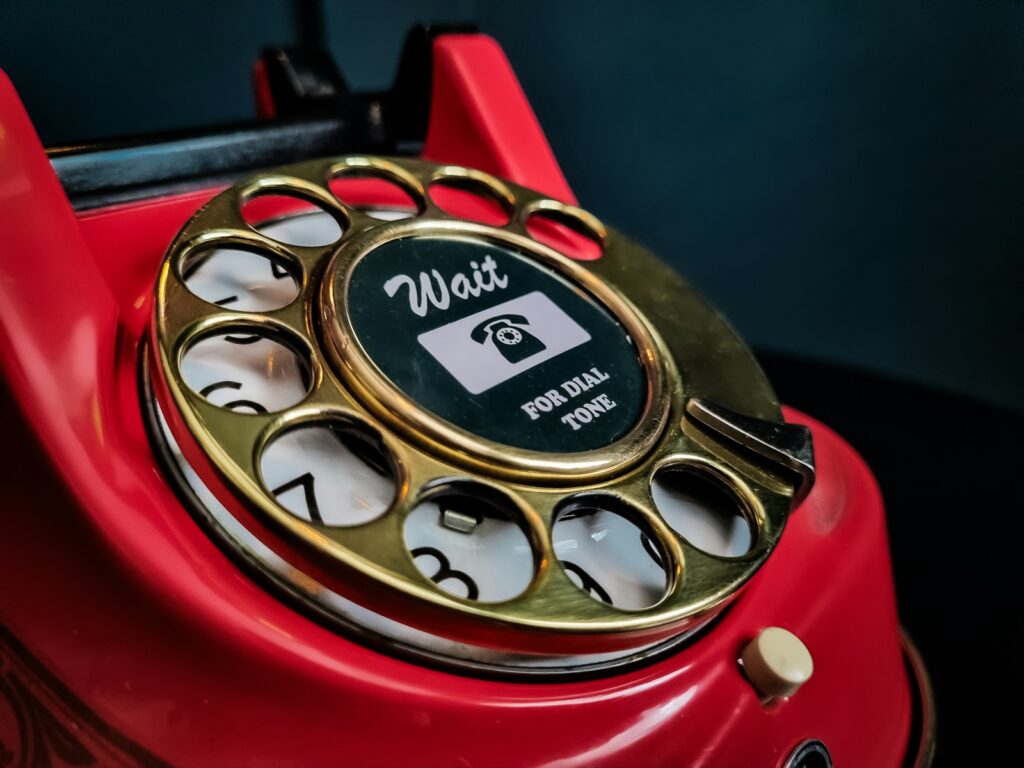
By the 1950s, rotary telephones became standard in many American households, usually placed in kitchens, hallways, or living rooms. Their sturdy design, complete with a circular dial and coiled cord, made them both practical and iconic. Families used them for everything from casual chats with neighbors to important calls with relatives far away. The ringing of a telephone was an event, drawing everyone’s attention, as conversations were often shared or overheard. The rotary dial itself required patience, adding a tactile ritual to making calls. More than a device, the telephone connected families, friends, and communities, shaping social life profoundly.
Comments